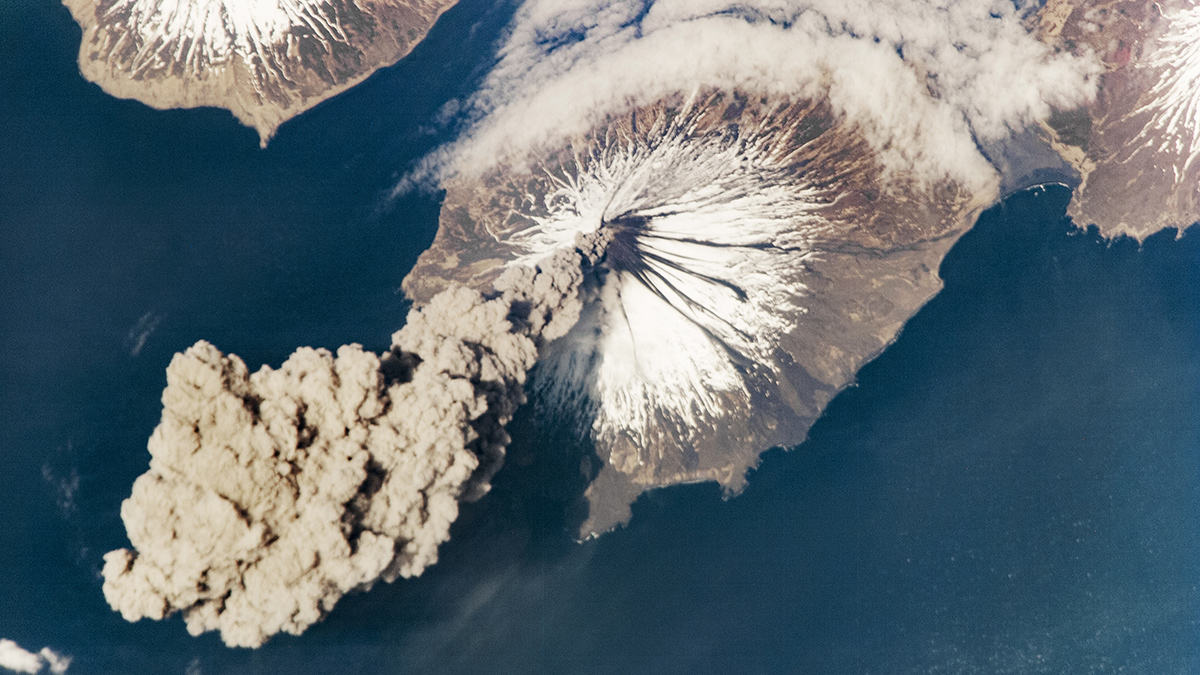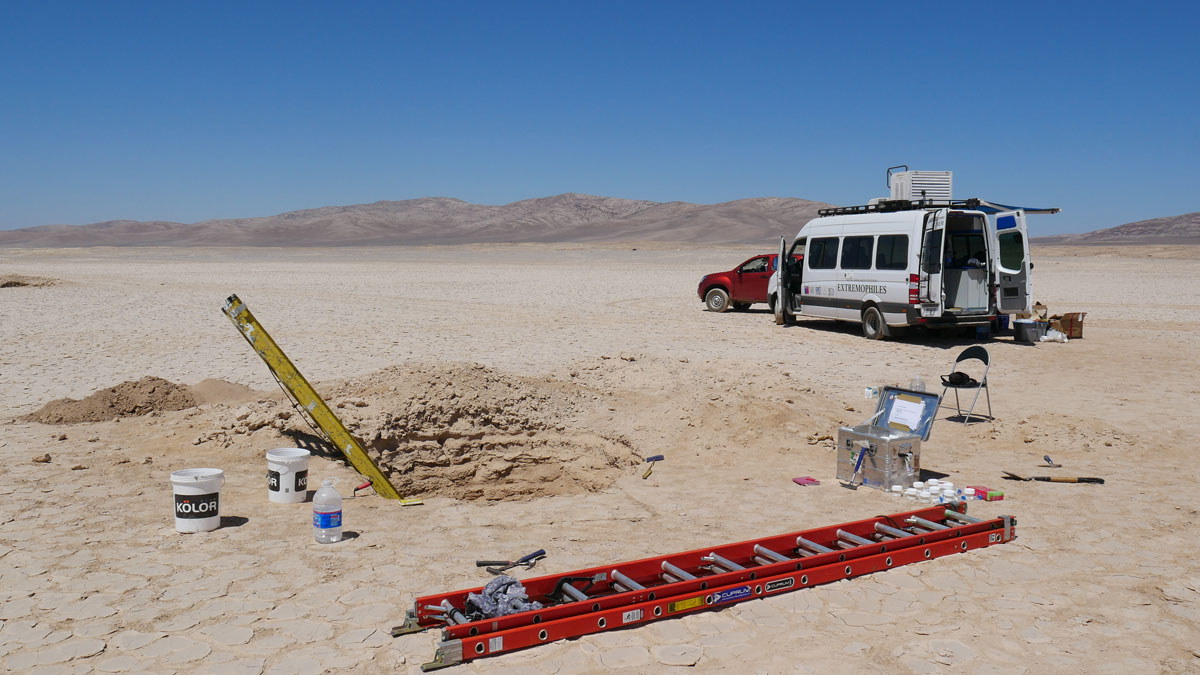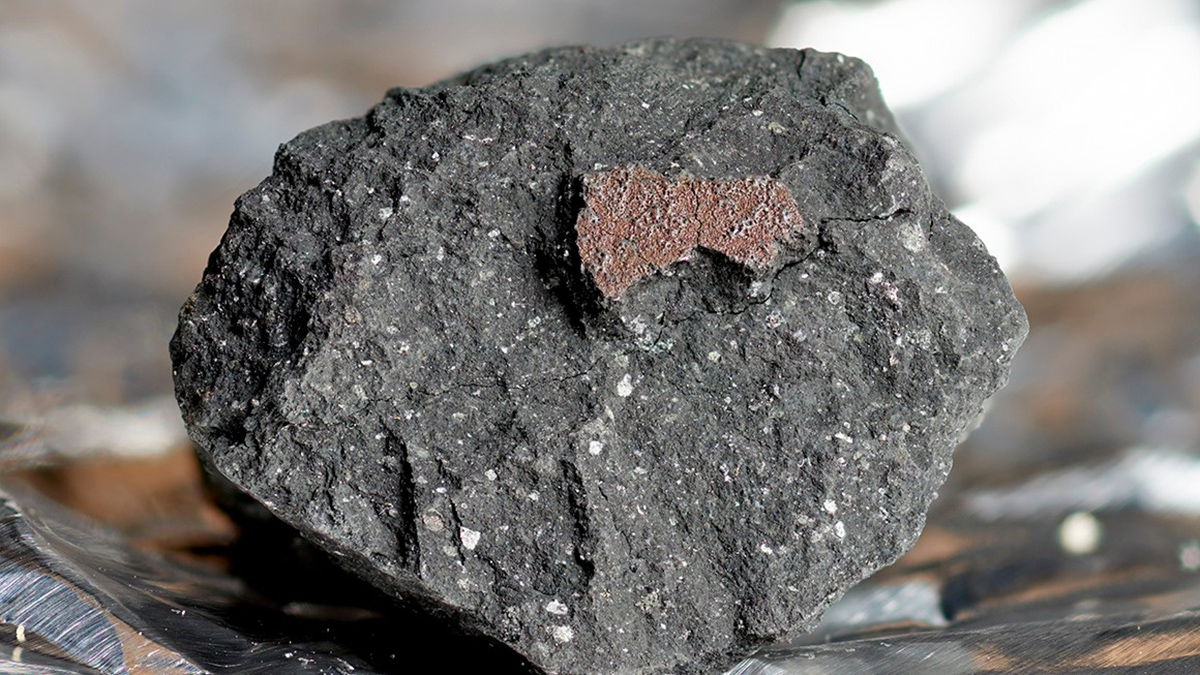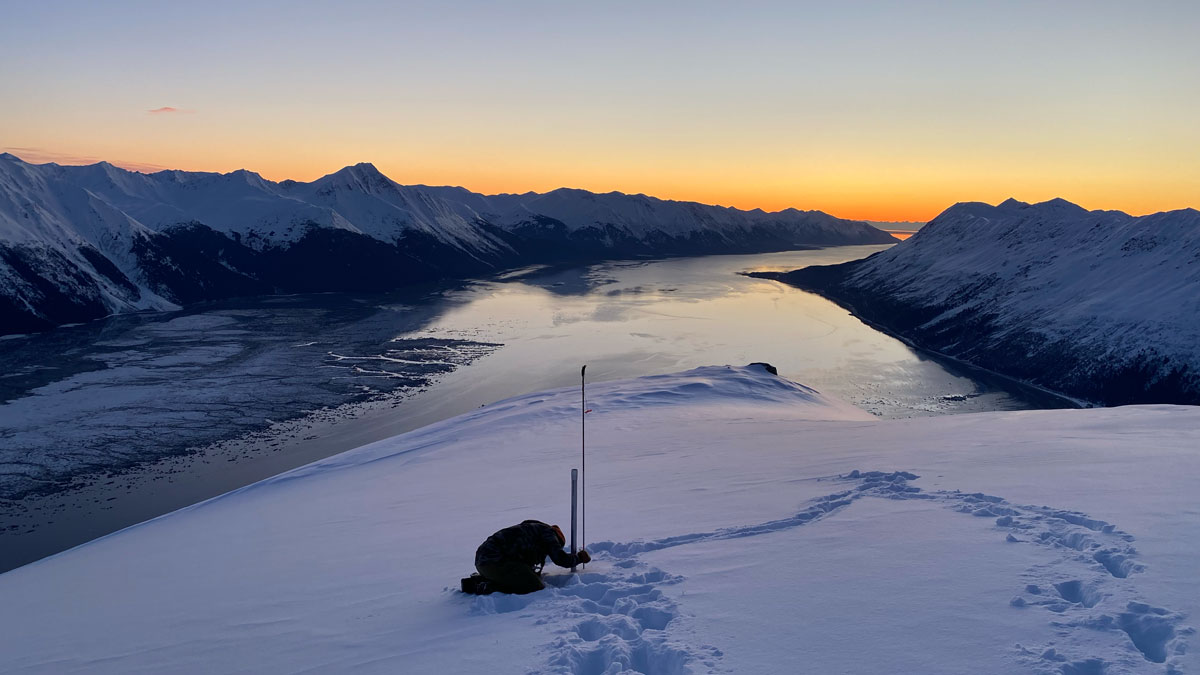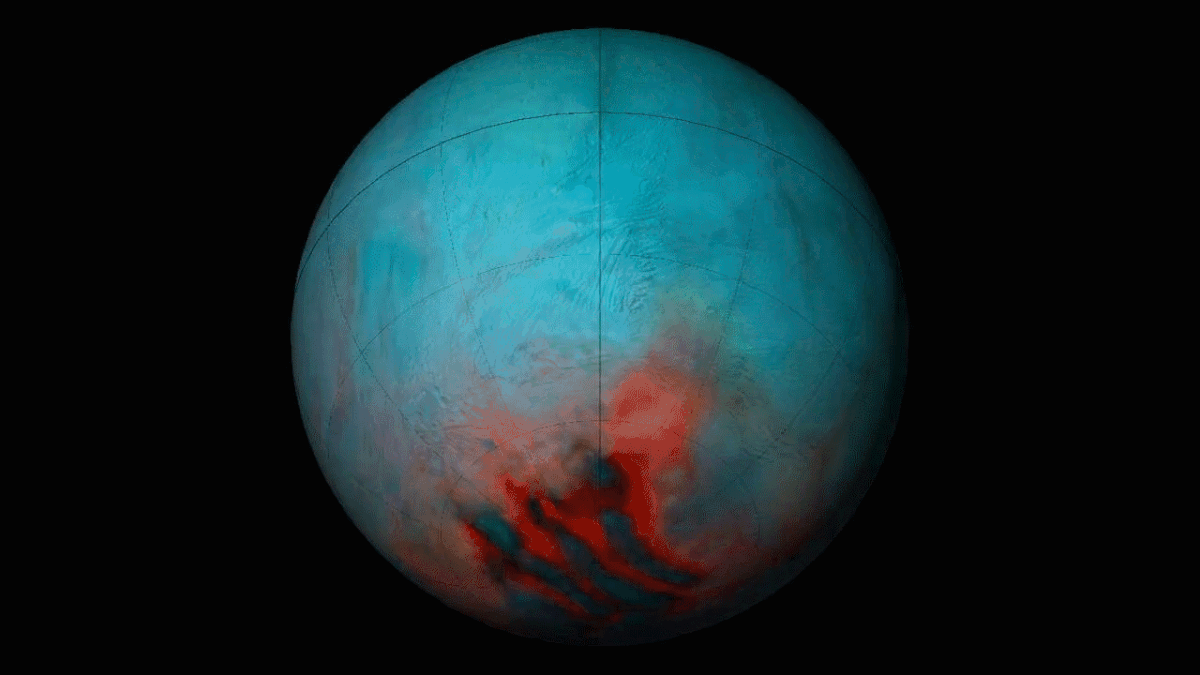An environmental engineer addresses some of public health’s biggest problems.
water
How Mantle Hydration Changes over the Lifetime of a Subduction Zone
Water released from subducting oceanic plates influences the formation of volcanoes and earthquakes on Earth’s surface. A new study simulates how slab dehydration and mantle hydration levels change over time.
Researchers Find Bacterial Communities Deep Beneath the Atacama
Extremophile microbes exist in the gypsum-rich “fringes” of the driest place on Earth.
Water Scarcity Likely to Increase in the Coming Decades
Hydrological modeling suggests that by 2100 more than 65% of the world’s population might, at least sporadically, lack access to clean water.
A Splashy Meteorite Was Forged in Multiple Collisions
The Winchcombe meteorite was recovered, largely from a driveway, just hours after it fell to Earth, preserving evidence that its early relatives could have filled Earth’s oceans.
Changing Snowpack Inspires New Measurement
Climate change is bringing increased variability to annual snowfall, which affects how much water is stored for ecosystem and human use.
Strike-Slip Faults Could Drive Enceladus’s Jets
The back-and-forth motion could also reshape surface geology at the moon’s south pole.
Learning Data Assimilation Without the Help of the Gaussian Assumption
Major Earth system processes are non-linear and non-Gaussian, and so should be our data assimilation approaches.
Urban Nature Is Often Plentiful but Inaccessible
A novel research framework deepens understanding of urban nature accessibility and highlights progress toward green space goals.


